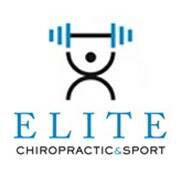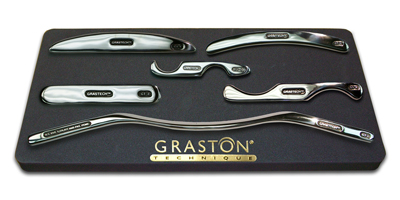What is Disc Herniation
The discs of the neck and back have two parts to them; the outer layer, which resembles an onion with many ring, and the inner portion which is similar to jelly.
The outer portion of the disc can tear and the inner portion pushes out but does not travel all the way through the layer. This is called a bulge or a degenerative disc and produces mostly pain in the spine, but not the arms or legs.
The second type of disc issue is when the inner layer tears all the way through the outer portion and presses onto the nerve, causing neck/back and arm/leg pain.
Disc Herniation Treatment
- How we handle Disc Herniation Treatment
- Decompression
- Flexion-Distraction or Cox Technique to decompress the disc to help the disc move off the inflamed area
- This often works well with manipulation of the spine to control pain and helps reduce surgeries
Signs and Symptoms of Disc Herniation
Disc herniation symptoms do not always present as persistent back pain. Disc herniation can have other signs before showing up as chronic pain. Be alert for any changes in your body, like numbness, weakness, and even reduced mobility.
Coming in for disc herniation treatment early, even before back pain, can help prevent the injury from worsening.
- Pain: Sharp or radiating pain in the back, neck, or limbs.
- Numbness or Tingling: Often extending to the arms or legs.
- Weakness: Muscle weakness in the area served by the affected nerves.
- Loss of Reflexes: Decreased reflexes in the arms or legs.
- Reduced Mobility: Difficulty bending, twisting, or performing everyday activities.
Common Causes of Disc Herniation
We see many clients for disc herniation, from seniors who have had persistent back pain, to office workers who begin to notice discomfort after long hours at their job. Car accident injuries and other impactful traumas can also lead to disc herniations.
Knowing the common causes of disc herniation, you can better prepare for treatment, consults, and disc herniation solutions to begin pain-free living.
- Aging: Degenerative disc disease can weaken the discs over time.
- Repetitive Motions: Frequent bending, twisting, or heavy lifting.
- Trauma: Sudden injuries from accidents or falls.
- Poor Posture: Prolonged sitting or standing with improper posture.
- Obesity: Excess weight increases stress on the spine.
- Genetics: A family history of disc problems.
- Smoking: Reduces oxygen supply to the disc, accelerating degeneration.
Disc Herniation Treatment in Columbia, MD
At Elite Chiropractic and Sport, we focus on holistic modalities to help treat disc herniation in Columbia, MD. This means manual therapies that target the injury and source of the pain.
We may explore traditional spinal adjustments, to improve alignment and reduce nerve pressure, or soft tissue therapy, where we massage and use myofascial release to alleviate muscle tension and pain.
Along with your in-office treatment, we will advise on at-home physical therapy exercises to help with disc herniation treatment. The focus will be on customized exercise programs to strengthen the back and improve flexibility and ergonomic advice for proper posture and body mechanics to prevent further injury. You can always follow along at home with our physical therapy videos.
After your disc herniation treatment in Columbia at our chiropractic office, you should experience pain relief and an increased range of motion and flexibility.

Disc Herniation Frequently Asked Questions
Diagnosis for disc herniation treatment can include a Medical History Review, Physical Examination, or Imaging Tests like MRI, CT scan, or X-rays to confirm the herniation and its location. Our chiropractors will often focus on assessing pain, reflexes, and mobility for a diagnosis and treatment plan.
Yes, chiropractic care is generally safe for disc herniation, especially when performed by a licensed and experienced chiropractor. We focus on non-invasive techniques to relieve pain and promote healing without the need for surgery or medication.
Recovery time varies depending on the severity of the herniation and the individual’s response to treatment. Many patients experience significant improvement within a few weeks to a few months with consistent chiropractic care and adherence to prescribed exercises and lifestyle modifications.
Risks are minimal when chiropractic care is performed by a qualified practitioner. However, patients should always inform their chiropractor of their medical history and any underlying conditions to ensure appropriate care.
We may advise to do pelvic tilts, where you lie on your back with knees bent and gently tilt your pelvis to flatten the lower back against the floor; a knee-to-chest stretch, where you lie on your back, bring one knee to your chest, and hold for a few seconds, then switch legs. And often we advise for daily Cat-Cow Stretch: On your hands and knees, alternate between arching your back (cat) and letting it sag (cow). Remember to never start a new workout or physical therapy routine without consulting your doctor.




